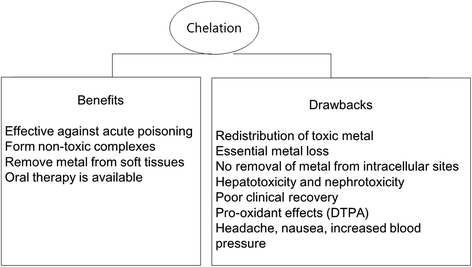Evaluation and management of lead exposure
- PMID: 26677413
- PMCID: PMC4681084
- DOI: 10.1186/s40557-015-0085-9
Evaluation and management of lead exposure
Abstract
Lead, which is widely used in industry, is a common element found in low concentrations in the Earth's crust. Implementations to reduce environmental lead concentrations have resulted in a considerable reduction of lead levels in the environment (air) and a sustained reduction in the blood lead levels of the average citizen. However, people are still being exposed to lead through a variety of routes in everyday commodities. Lead causes health problems such as toxicity of the liver, kidneys, hematopoietic system, and nervous system. Having a carcinogenic risk as well, the IARC classifies inorganic lead compounds as probably carcinogenic to humans (Group 2A). Occupational lead poisonings have decreased due to the efforts to reduce the lead concentrations in the working environment. In contrast, health hazards associated with long-term environmental exposure to low concentrations of lead have been reported steadily. In particular, chronic exposure to low concentrations of lead has been reported to induce cognitive behavioral disturbances in children. It is almost impossible to remove lead completely from the human body, and it is not easy to treat health hazards due to lead exposure. Therefore, reduction and prevention of lead exposure are very important. We reviewed the toxicity and health hazards, monitoring and evaluation, and management of lead exposure.
Keywords: Antioxidants; Chelation; Environmental; Exposure; Lead.
Figures
References
-
- IARC monographs on the evaluation of carcinogenic risks to humans volume 87: Inorganic and organic lead compounds. International Agency for Research on Cancer, 2004. http://monographs.iarc.fr/ENG/Monographs/vol87/mono87.pdf. Accessed 01 July 2015. - PubMed
Publication types
LinkOut - more resources
Full Text Sources
Other Literature Sources


